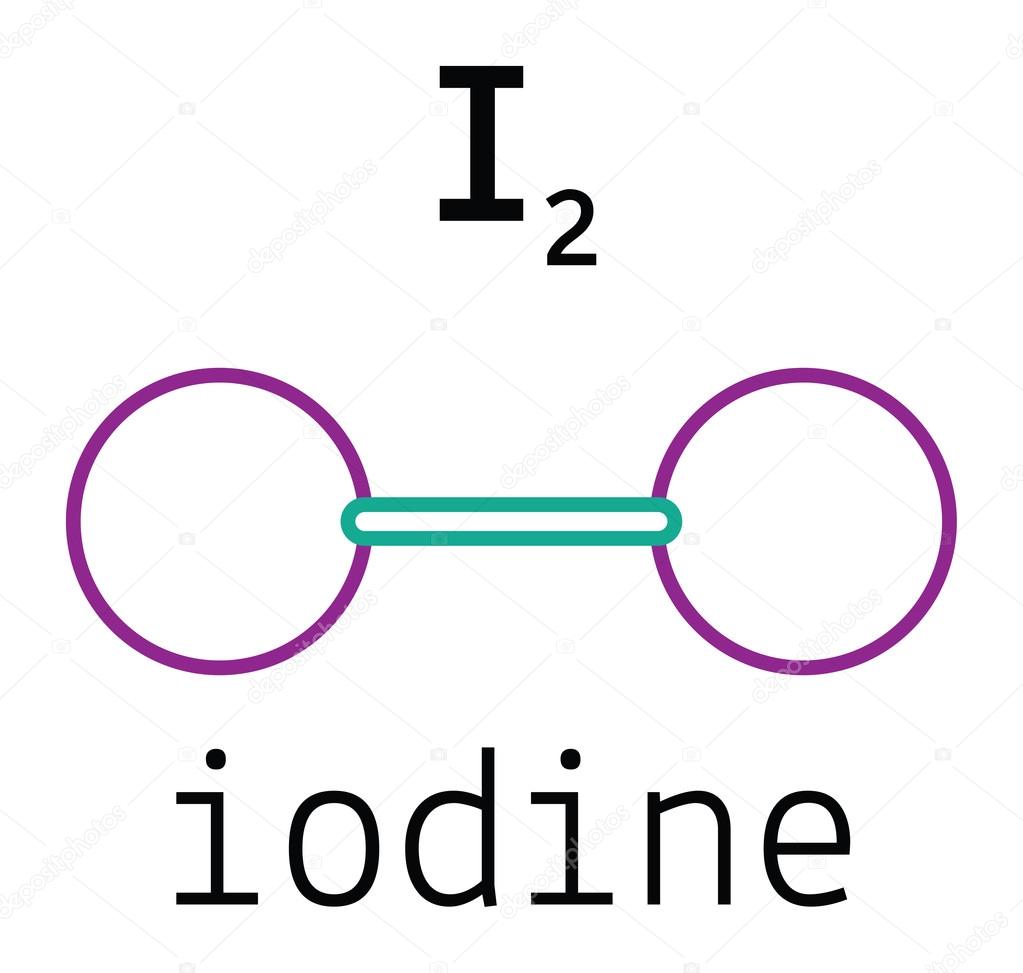Iodine, with the chemical formula I2, plays a crucial role in human health as an essential component of thyroid hormones. Beyond its biological importance, iodine finds applications in medicine, chemical laboratories, and various industries. In this blog post, we will delve into the multifaceted nature of iodine, exploring its uses, health risks, regulations, and methods for measuring iodine concentration.
Iodine at a Glance:
- Other Names: Diiodine
- Chemical Formula: I2
- CAS Number: 7553 – 56 – 2
- Industry Uses: Anti-infective; Chemical Laboratories
- Health Risks: Irritation of eyes and respiratory system; Headaches, Dizziness
- Vapor Pressure: 0.3 mmHg
- Water Solubility: Insoluble
- Flammability: Non-Flammable
- Odor: Sharp, pungent
- Iodine MSDS: Material Safety Data Sheet for comprehensive safety information
What is Iodine:
Iodine is a vital element for human health, serving as a fundamental component of thyroid hormones crucial for growth and development. Solid iodine presents as violet-black with a metallic luster and a distinct sharp odor. Naturally occurring in sea water and certain rocks, iodine is utilized in medicine as a topical disinfectant due to its anti-infective properties. It is also employed in microbiology laboratories for staining purposes. To address iodine deficiency, it is added to table salt to ensure an adequate intake in diets. Despite its benefits, iodine vapors are toxic and corrosive, and high concentrations can enhance the combustion of other substances.
Iodine Exposure and Health Risks:
While iodine is essential for health, exposure beyond certain limits can pose risks. Iodine can be harmful if swallowed, inhaled, or directly contacted. It acts as an irritant, particularly affecting the eyes and respiratory system. Concentrated iodine can cause skin irritation, burns, and rashes. Vapors of iodine are toxic, and repeated or prolonged exposure can lead to organ damage. Symptoms of inhalation include headaches, chest tightness, and lacrimation (tear discharge).
Regulations:
To safeguard workers from potential health risks, regulatory bodies have established exposure limits. The most recent exposure limits are summarized in the table below:
| Limit/Level | Type | Organization |
|---|---|---|
| 0.1 ppm | C (10 min) | OSHA |
| 0.1 ppm | C (10 min) | NIOSH |
Measuring Iodine:
All of those units can be found here: https://www.gas-sensing.com/information/iodine
Iodine concentration in the air is measured in units of parts per million (ppm). Our range of products includes portable and fixed iodine monitors and kits, equipped with digital communication capabilities for convenient monitoring and control. These tools enable professionals to ensure safe working environments where iodine is utilized.
Conclusion:
Iodine, a vital element for human health and a versatile substance in various industries, demands careful handling and monitoring. While its applications in medicine and laboratories contribute significantly to human well-being, adherence to exposure limits and safety guidelines is crucial. Employing reliable iodine monitors and measuring devices ensures a safe working environment, preventing potential health hazards associated with iodine exposure.

